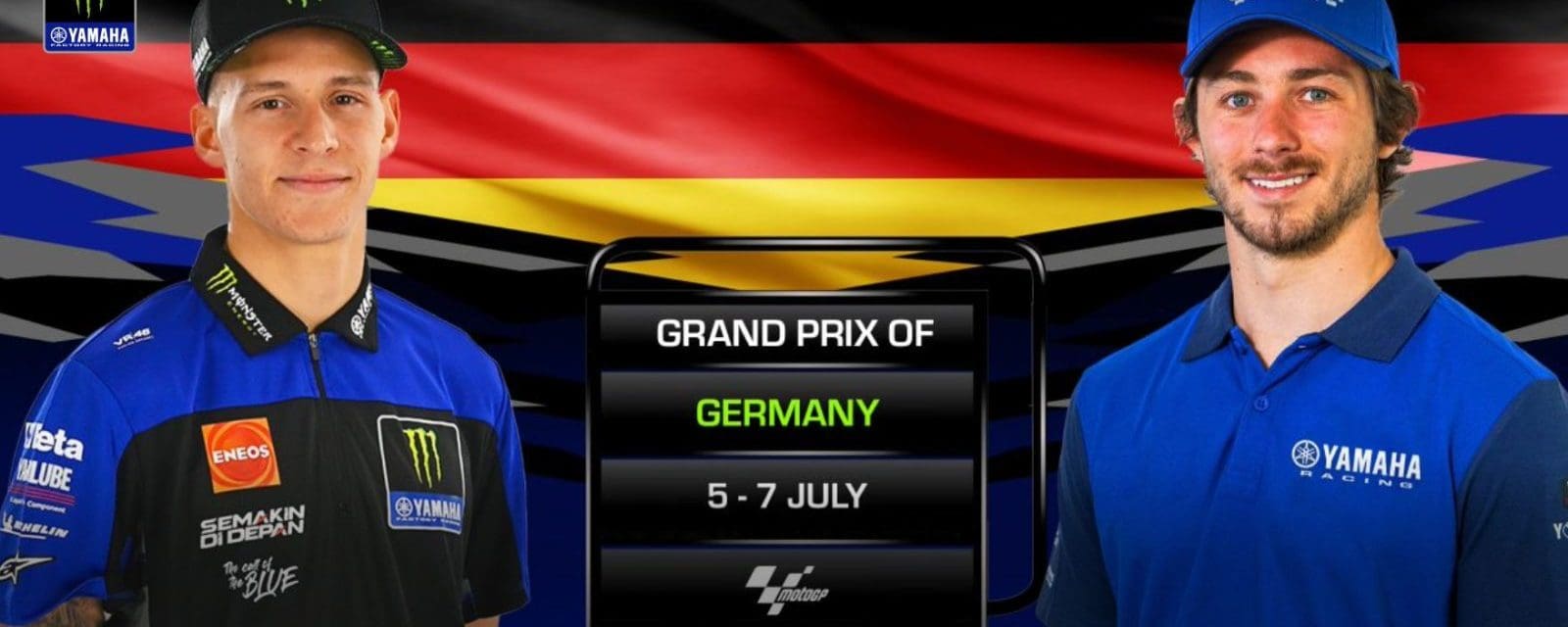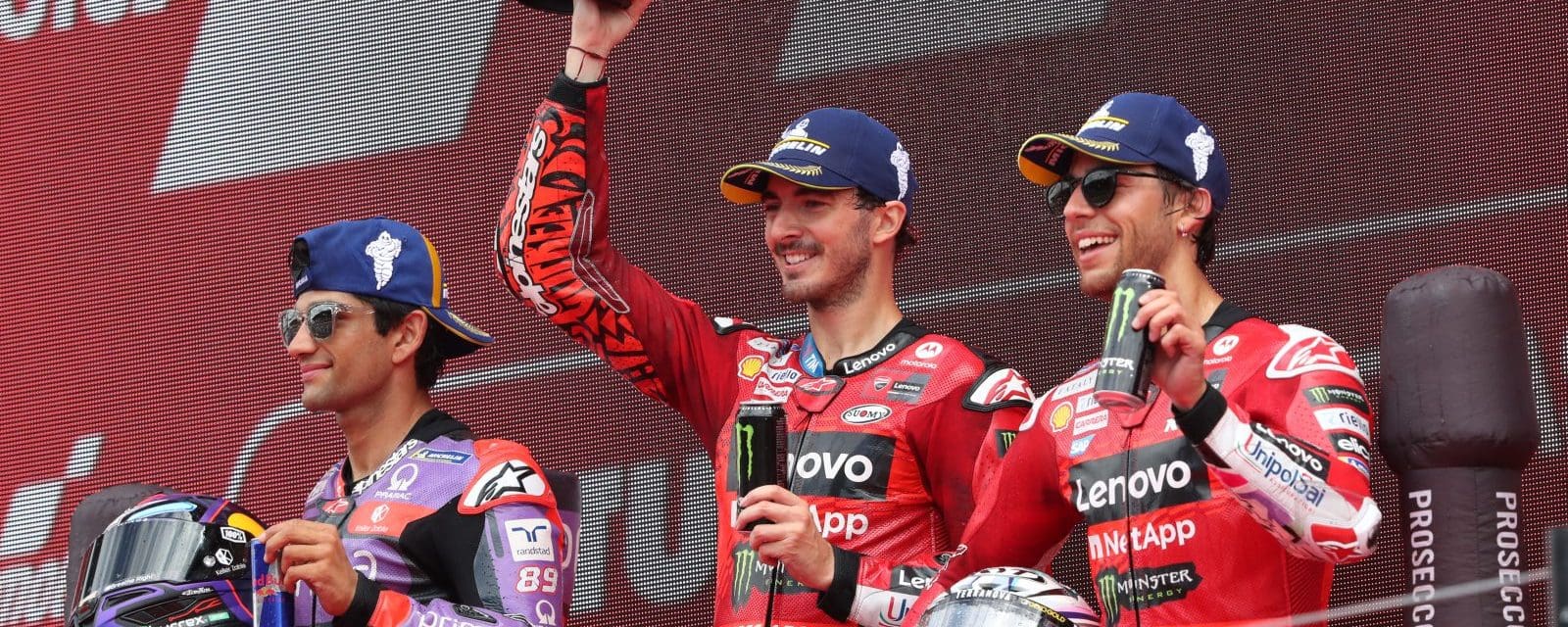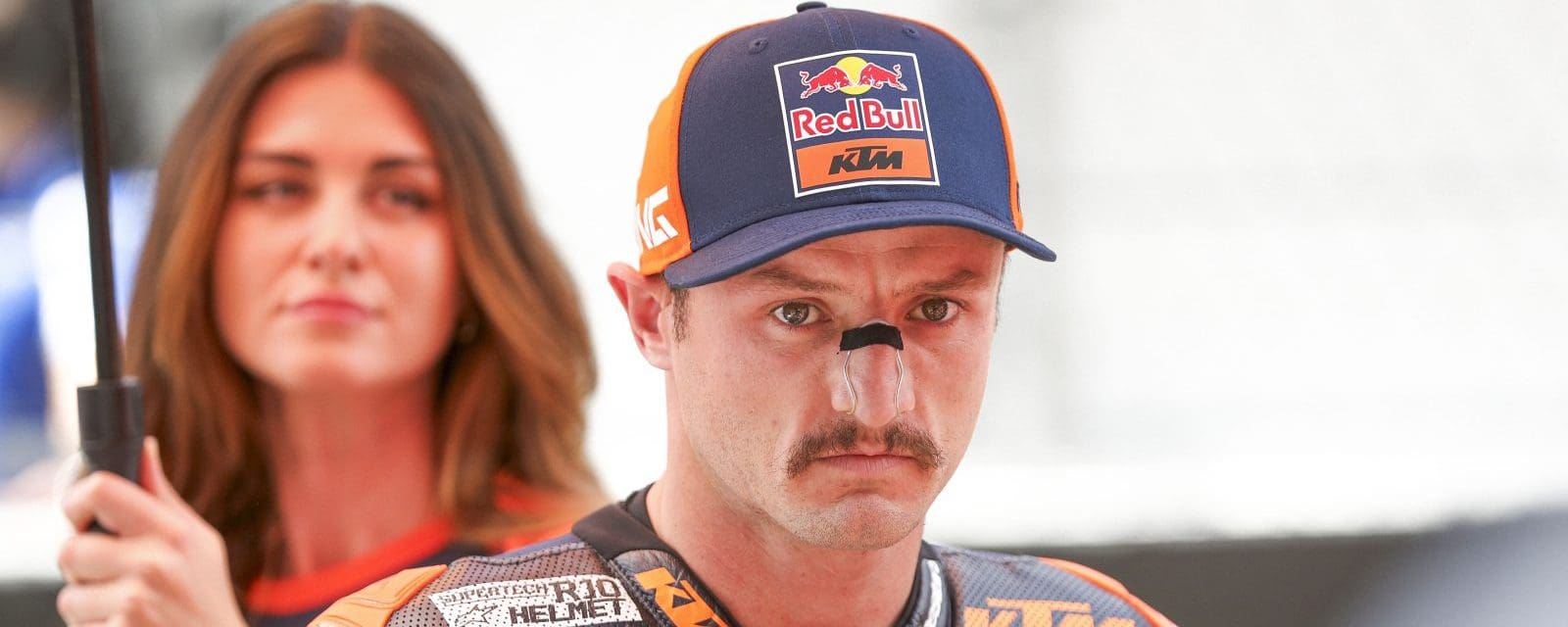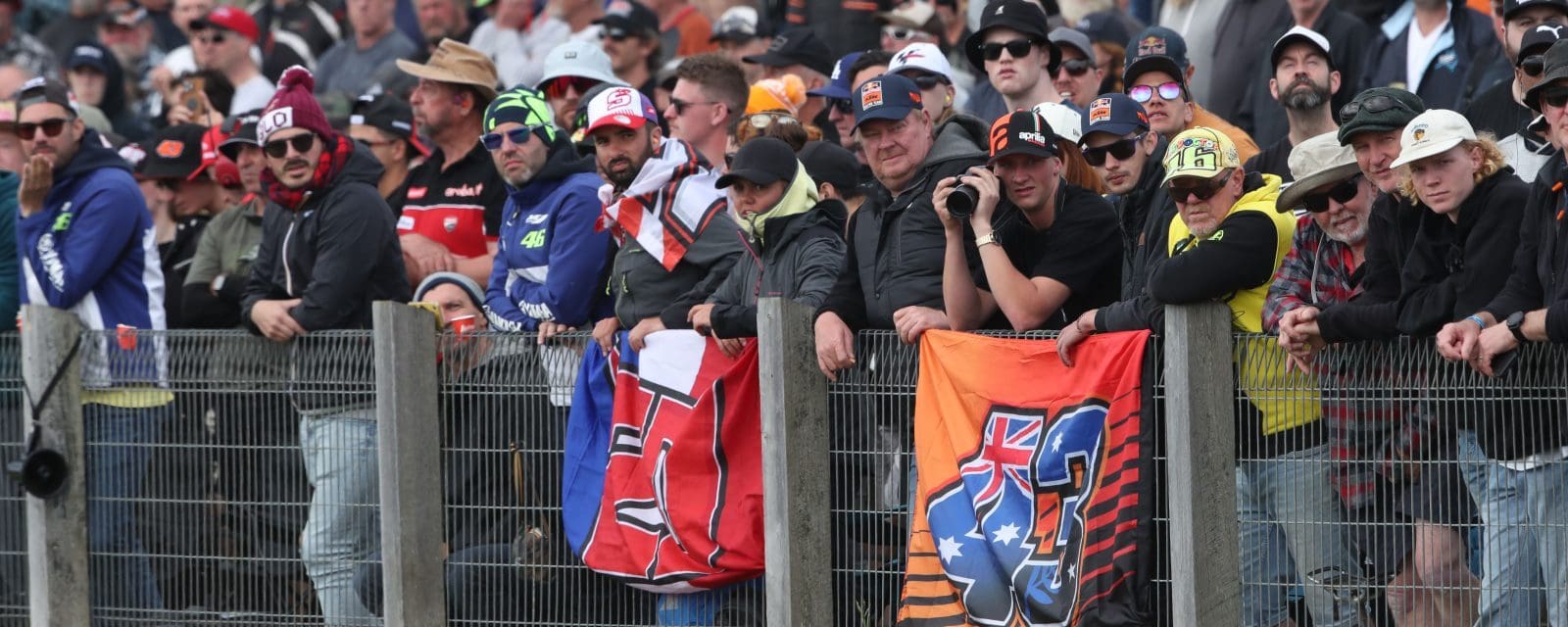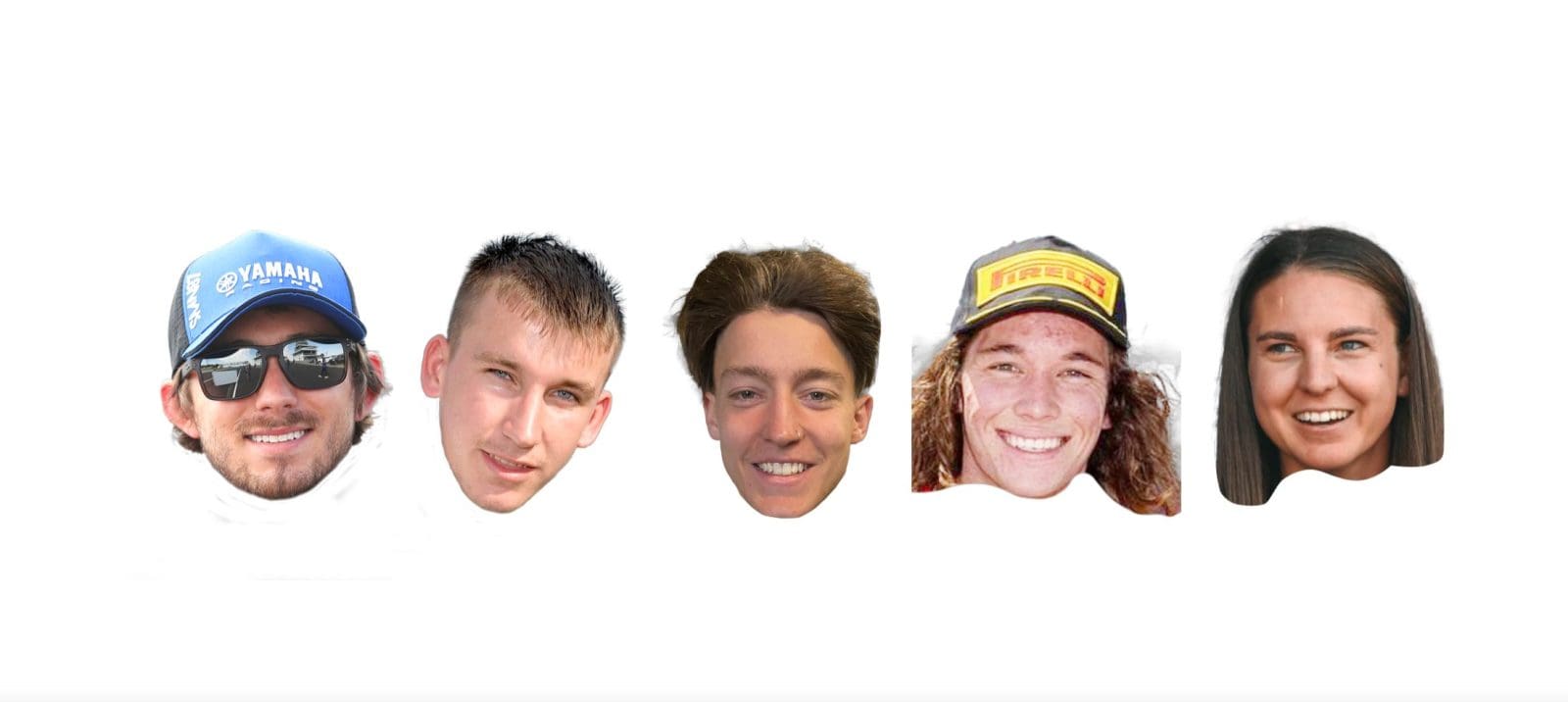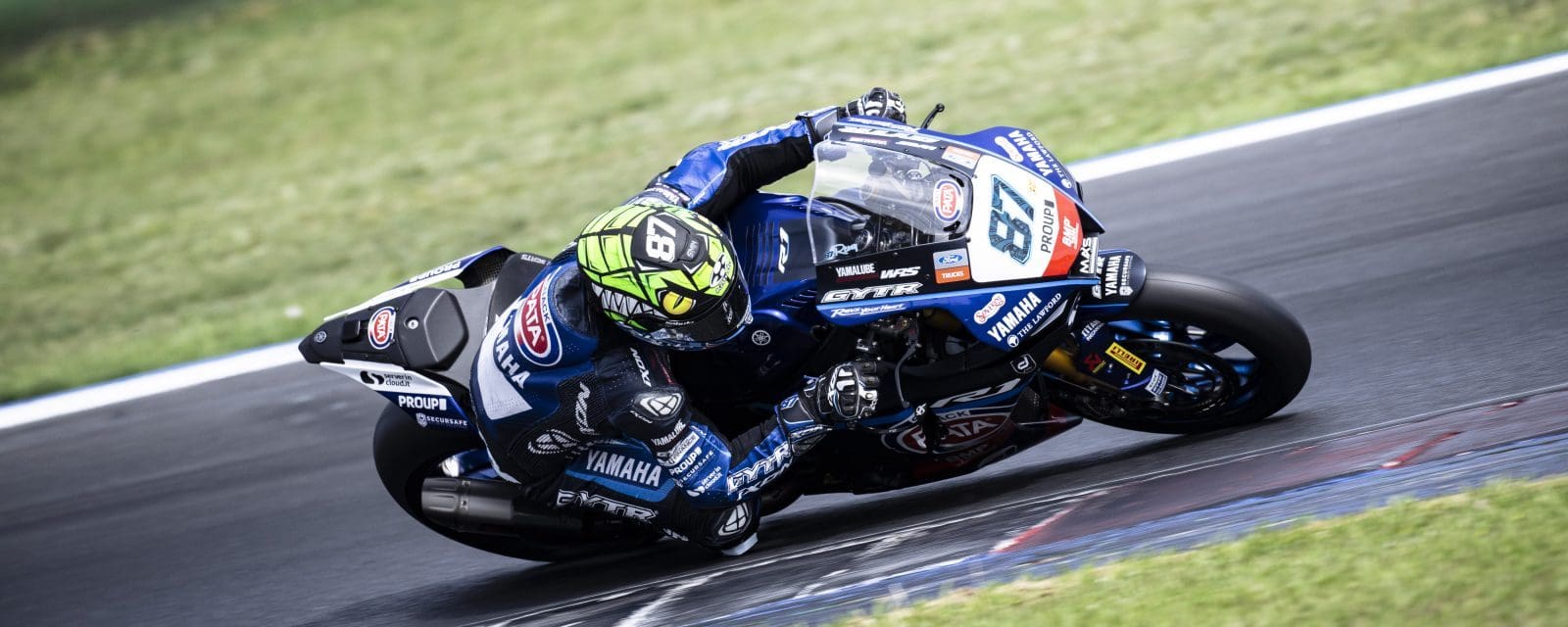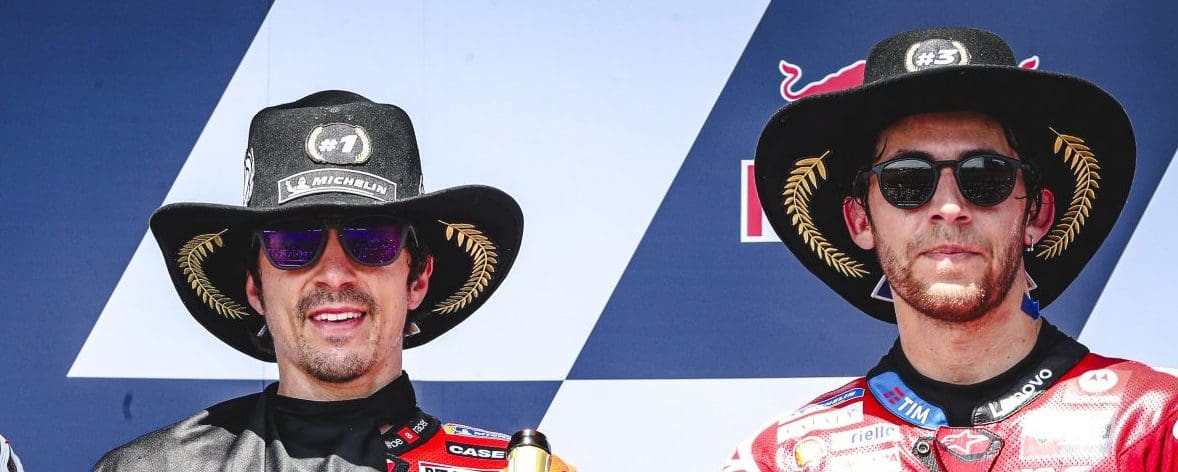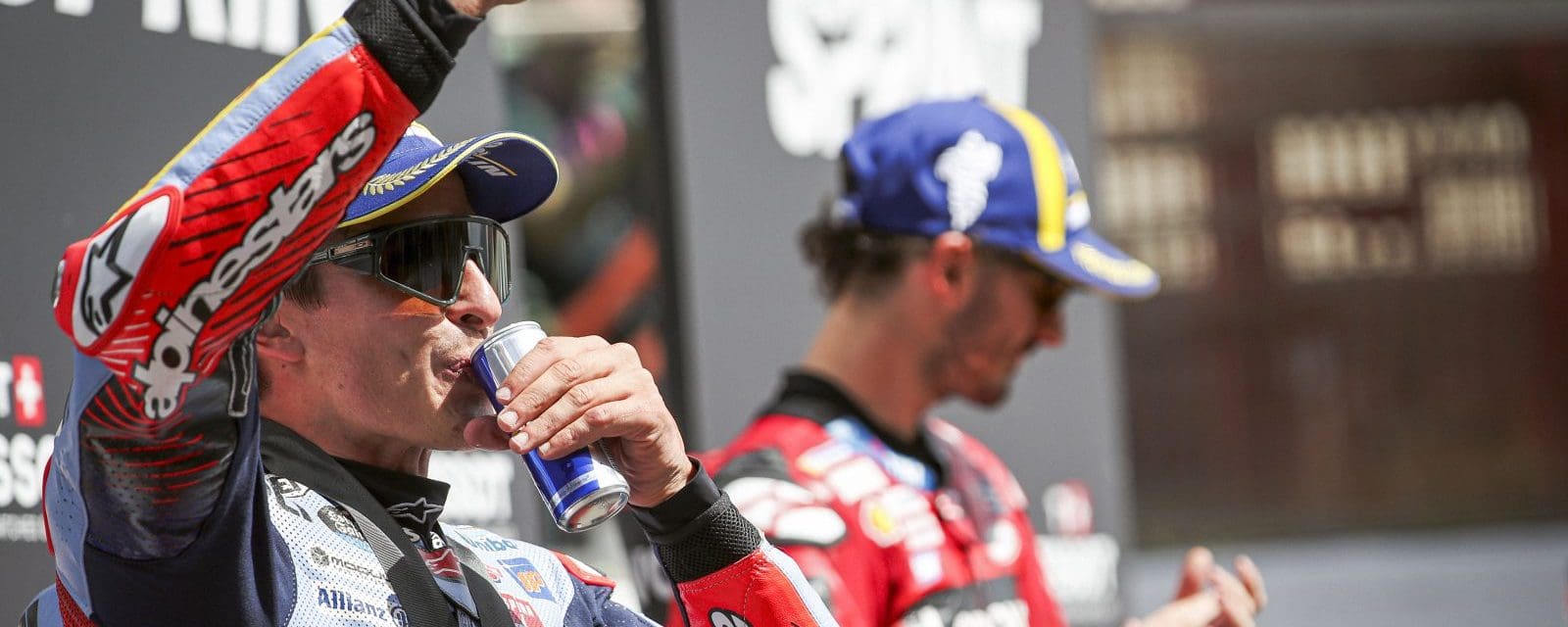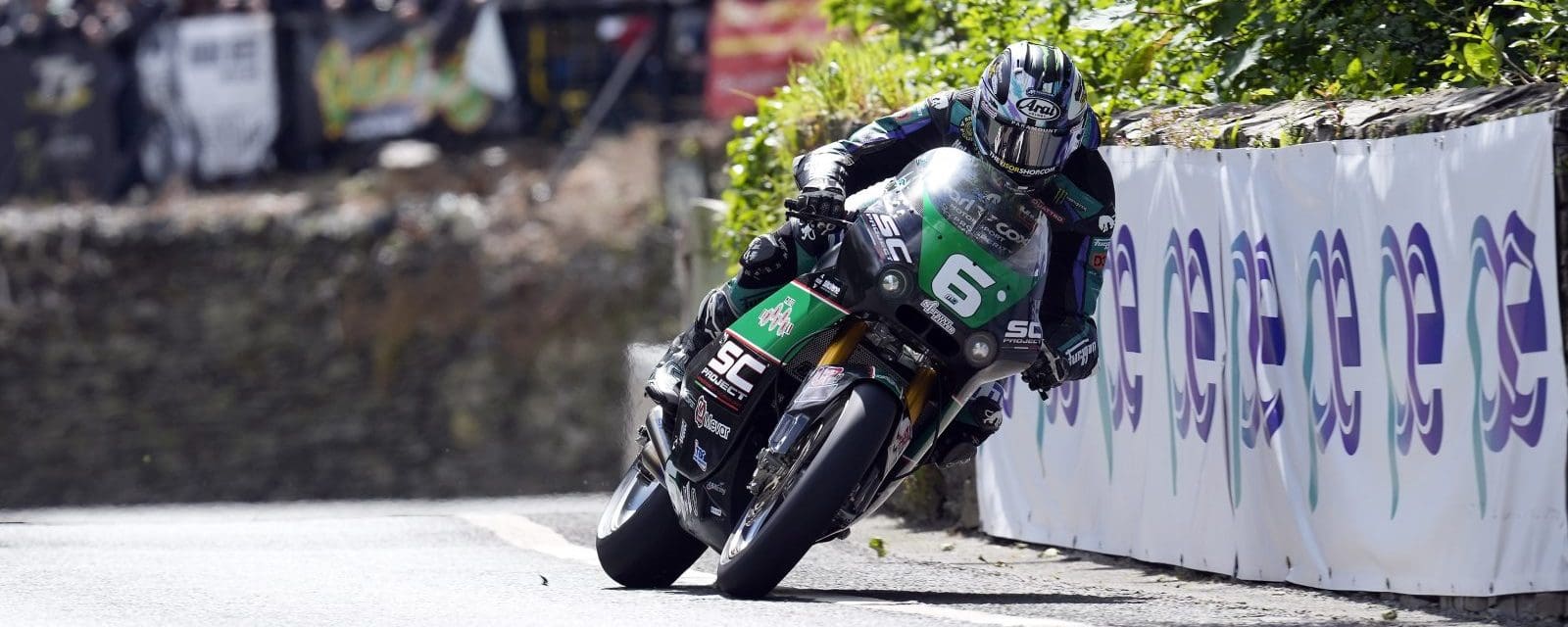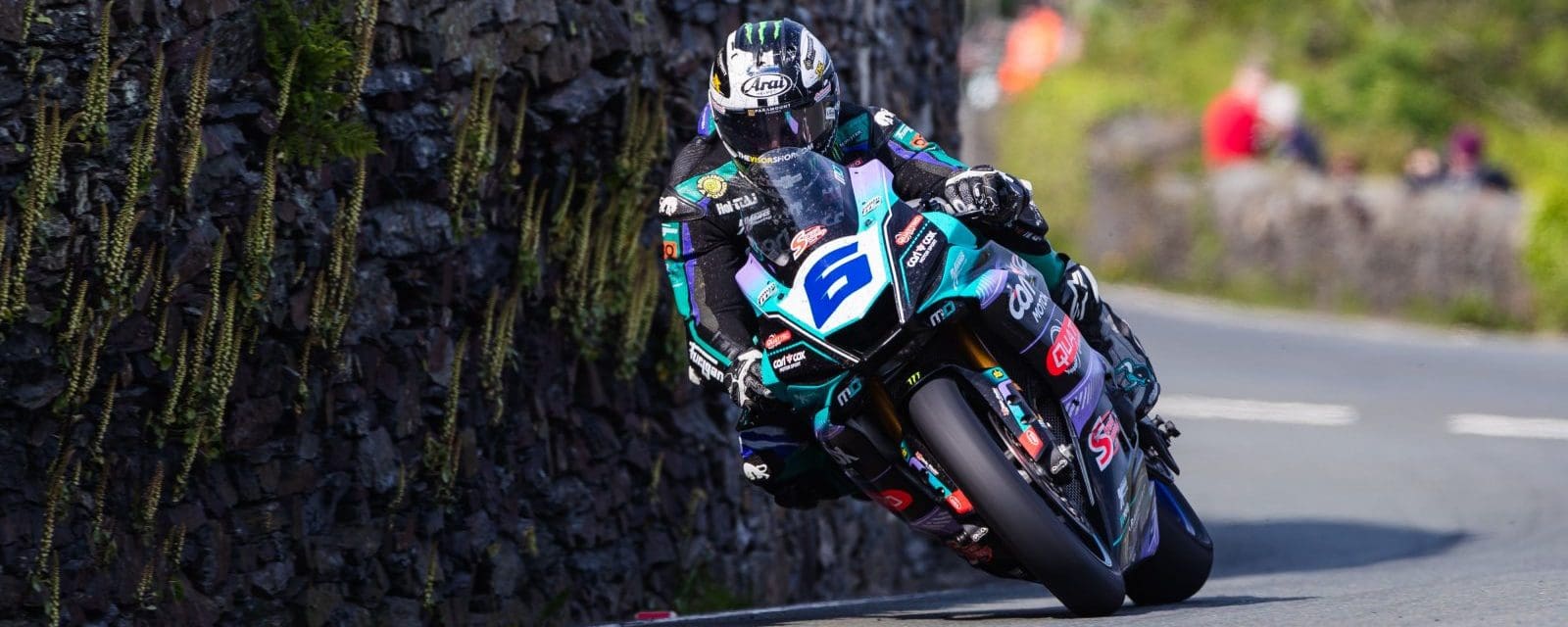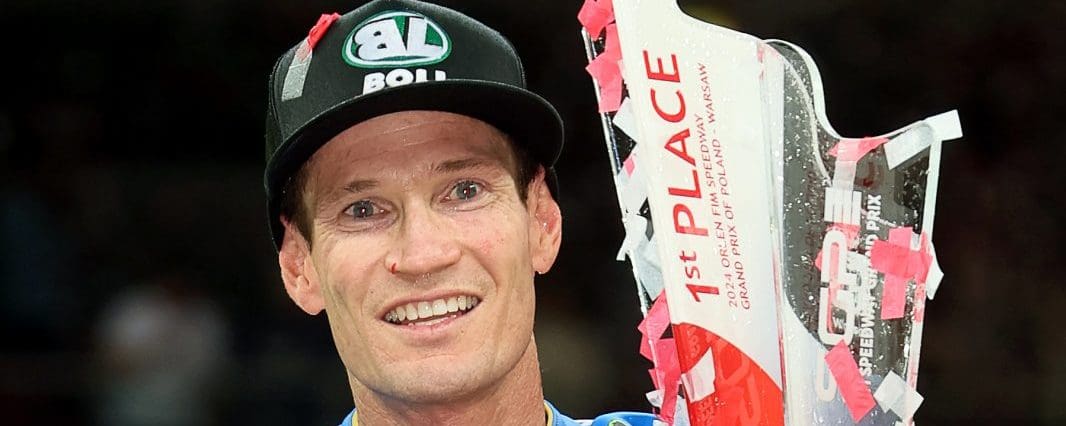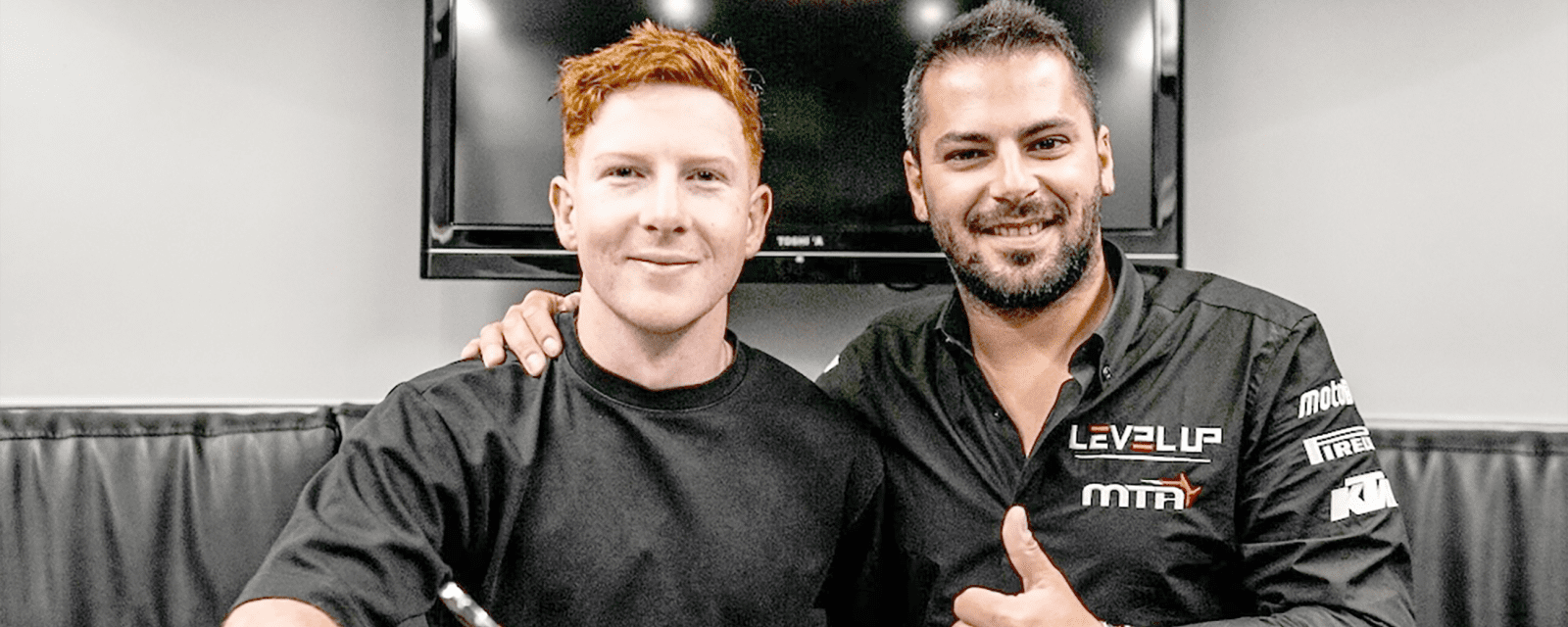The motorcycle world stopped when Kenny Roberts climbed aboard a Yamaha TZ750 flat-tracker at Indianapolis in 2009. In at the deep end, he rode it like he stole it during that famous Saturday evening demonstration over Indy MotoGP weekend. He rode it as only the great King Kenny knows how.
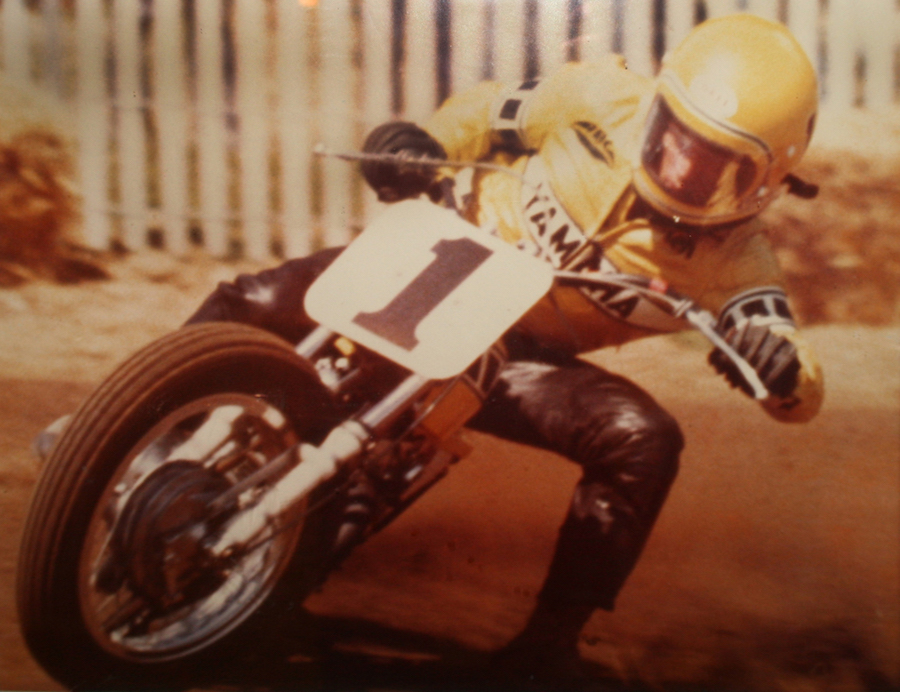
But that wasn’t his first time at the Indy Mile on a TZ750 flat-tracker. His first appearance was even more famous after Roberts proclaimed: “They don’t pay me enough to ride that thing”! It was this comment that helped make up the minds of AMA officials, who banned it from competition.
The now legendary saga started in early 1974 when Steve Baker and mechanic Bob Work stopped by to visit Doug Schwerma at Champion Racing Frames, in California. The pair were on their way home with the display Yamaha TZ750 road racer they had picked up after the Anaheim dealer show.
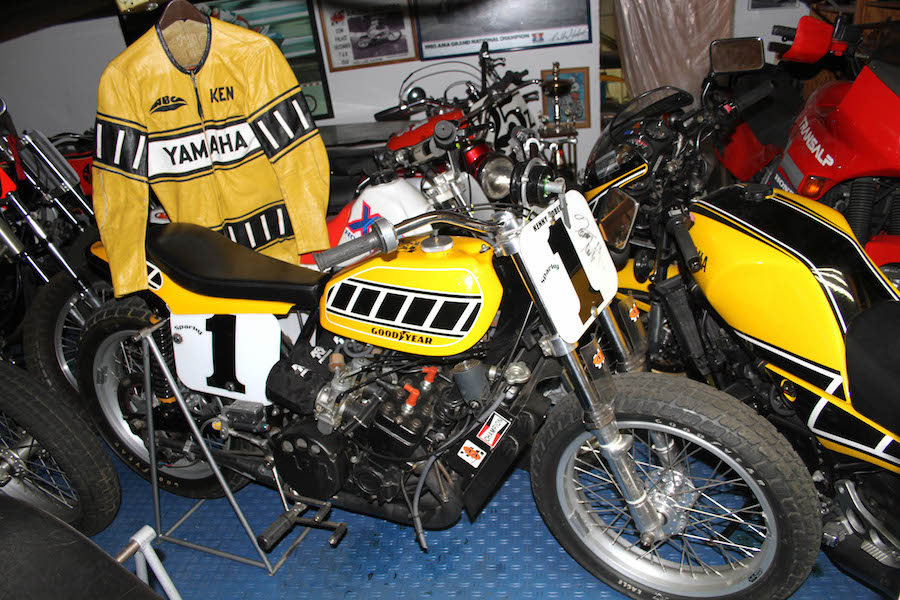
One idea led to another and Schwerma, who was already making Champion frames for AMA flat-trackers, measured it up and compared it side by side with an XT650/750 Champion frame to see if it all fitted. It did, however, he had to wait quite some time before he got an engine to build a frame around. When he finally did, in 1975, it was history in the making.
Renowned racebike builder Ray Abrams of A & A Racing in San Francisco built up the prototype using the Champion chassis, but he already knew its potential.
“There used to be a quarter mile dragstrip across the bay in Freemont, and I took the bike over there when it was still in the road race frame and it turned 138mph in around 9.5 seconds, in its stock form. So we knew it was going to be a whole lot faster!” says Abrams, who sponsored Kenny Roberts when he was younger.
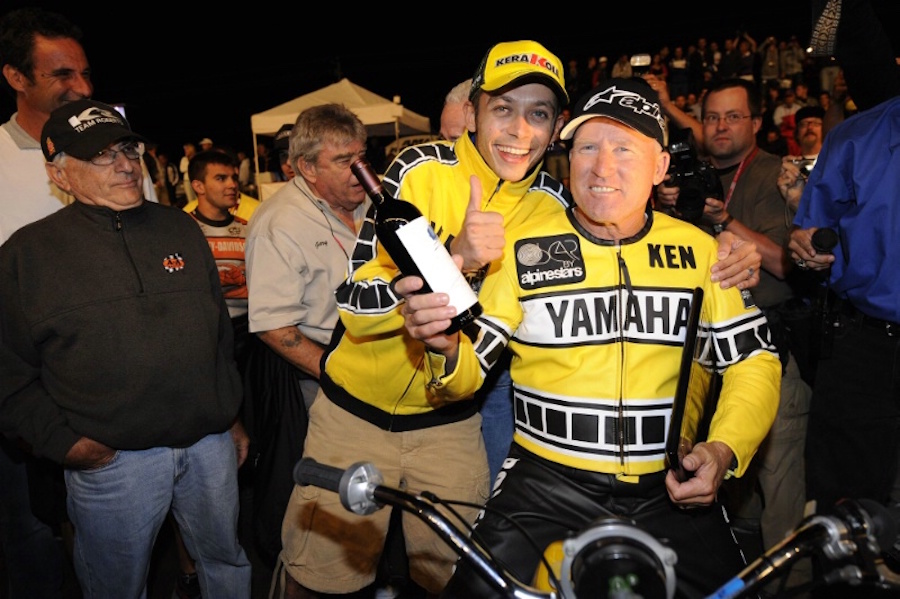
The prototype was tested by Rick Hocking at Ascot (Half Mile) in Gardena, California, in 1975. Abrams recalls that the Champion frame dimensions and geometry were pretty close to the XT650. The problem was that by 1975, Harley Davidson’s alloy XR750 had become more competitive, which left the XT650/750 underpowered – and behind on the long straights. The TZ750 flat-tracker was the obvious instant solution. Plus, most engines came from donor road race machines supplied whole by Yamaha.
Interest in this big-balls idea increased after Hocking set the third fastest time during a Half Mile event at Ascot on the prototype – and it wasn’t supposed to suit the Half Mile tracks.
“My bike was originally built for Hocking,” Abrams remembers. “I don’t think he complained about anything. Ascot is a perfect place for a motorcycle as you can spin the rear wheel and it’s easier to control. I don’t think there were any major problems there, and Rick was a guy, like Kenny, who was capable of riding anything you put underneath him!”
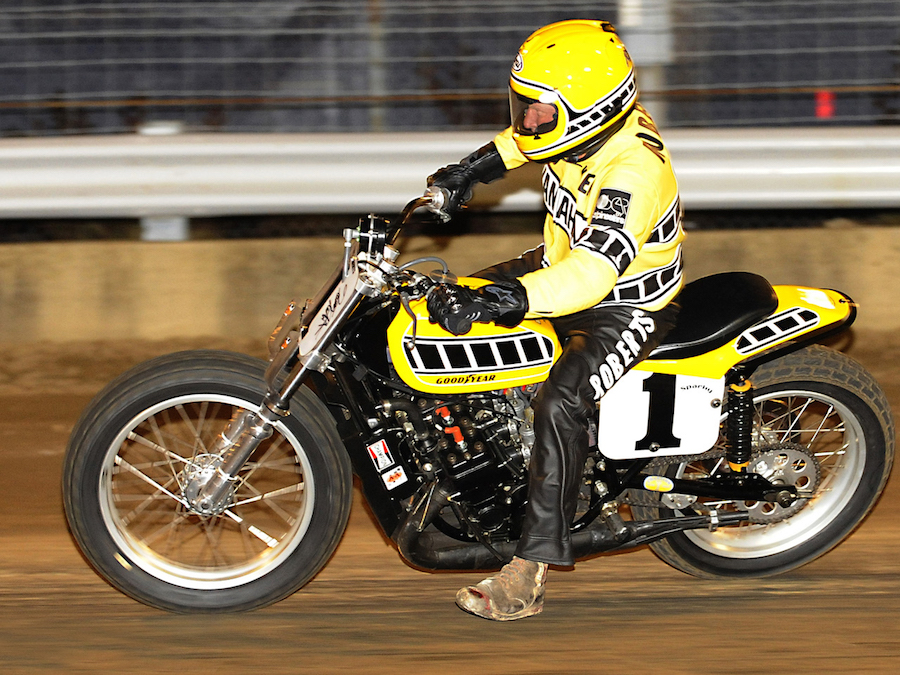
Five other TZ750 flat-tracker frames were made for Kenny Roberts, Steve Baker, Randy Cleek, Skip Aksland, and Don Vesco. This was at a time when the Grand National consisted of several disciplines, where Yamaha riders dominated the road racing sector with the mighty TZ750, and Harley-Davidson ruled the flat tracks.
“Five of us individually built them,” Abrams continues. “We talked a lot, and we did a lot of the same things at the time. We built the race wheels here, and I think we supplied the wheels for all five bikes. We talked a lot between us, I was involved with the whole project as we supplied a lot of the parts for all of them.” Several replicas have since been produced.
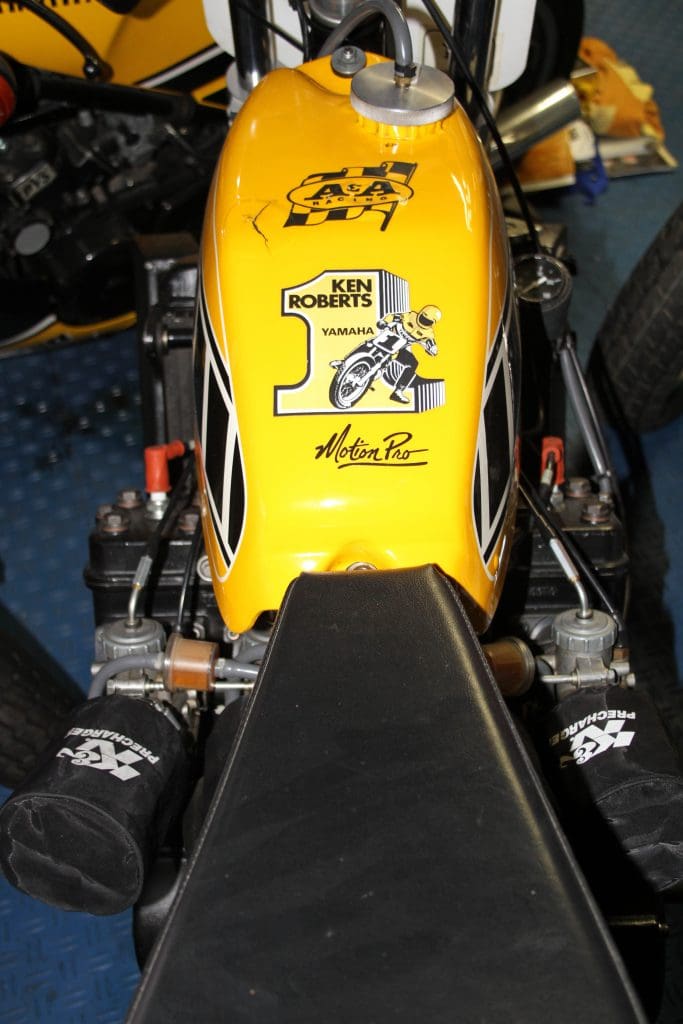
The riders had to wait until the first Mile event at Indianapolis, on Saturday 23 August 1975. After a string of mechanical issues, defending champ Roberts was trailing series leader Gary Scott, and was desperate for victory.
Kel Carruthers was Roberts’ mechanic for many years, and recalls: “We built the bike for Kenny in my road race shop using one of our spare stock engines. The Indy Mile was the first time Kenny saw the bike. We broke the footrest in practice and we were fortunate in that he didn’t qualify to go direct to the main event. It gave me a chance to make some mods before the semi and again before the main event.”
Kenny Roberts easily recalls that first outing: “The first time I came out of Turn 4 on the first lap, I moved on the handlebars to get some grip and the thing jumped into the air. And I damn near looped it! I thought holy shit, this thing is going to hurt me if I don’t pay attention. From that point on I paid a little bit more attention.
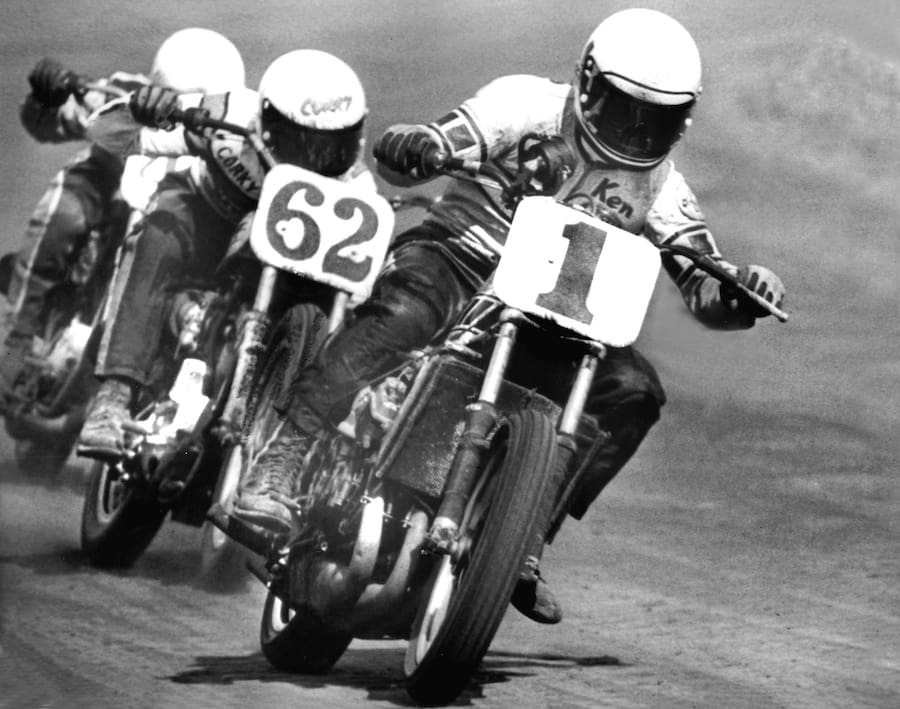
“There was a kill button on the handlebar that killed one cylinder, but that didn’t work,” Kenny recalls, laughing. “Normally I would pull my hand off the damned thing before I should of, and that would just put 30 more horsepower into it! So it would just whip sideways. Sometimes I’d use it and sometimes I wouldn’t, it didn’t really help that much. The TZ750 just wanted to spin the wheels as soon as you opened the throttle, so whether you had two cylinders or four cylinders, when you start opening the throttle it’s still going to spin.
“The problem was the Harleys were doing about 30mph less – one time I went into Turn 1 and Gary Scott and Mert Lawwill were racing each other and luckily Mert went to the outside. Had Mert stayed where he was at when I pitched it in, I would have took him out! And of course myself. I actually split both of them going sideways about 30mph quicker. That was the downside of the whole thing, if somebody was in the way you weren’t going to miss them.”
KR won the first of the two semis and qualified for the final after learning not to hold it in one gear like the other TZ750 riders. “I ran fourth or fifth gear. In the heat race I just ran fifth gear. I told Kel: ‘If I shifted it, it would grip, it would be a little hard to get it going but when I shifted it, it would pause enough to give me some grip. So I tried that in the semi, and I won that semi, it put me last on the second row on the line. That is where I started.”
In the final, Roberts came from dead last to make third position exiting the last corner, with Harley-Davidson riders Corky Keener and Jay Springsteen ahead. “It was on the amount of grip, and you couldn’t follow a Harley in the middle of a corner because it spun too much. So it was high, wide and handsome the whole night, and as soon as I got a berm built up next to the hay bales I started passing everybody. Until then I would pass them and they’d pass me back the next corner, so then I’d pass them on the next straight. By the time I got to the mid-pack I’d started to build a berm. It was clear on the outside because nobody but me was riding there, and that’s how I was able to start passing people, and better people.”
Roberts’ experience paid dividends by the final turn, when his off-line style had him placed right where he could get traction on the screaming two-stroke, which propelled the Californian past both Harley riders to take the chequered flag by inches.
“I thought I got third,” Roberts admits. “For some reason – it must have been the guy from upstairs – I had a great hook-up. I don’t know how as the tyre was half there, it had chunked most of it off. Luckily it didn’t go flat. I had hay bale wire on it from tapping the hay bales, so I came off that corner and I thought ‘Man, I’m going to get third.’ Then I grabbed a gear, fifth, and went ‘Wow, shit I’m going to get second!’ I damned near hit Springsteen, I came on him so fast I swerved. Then I thought ‘there’s the start/finish line’ and I won!
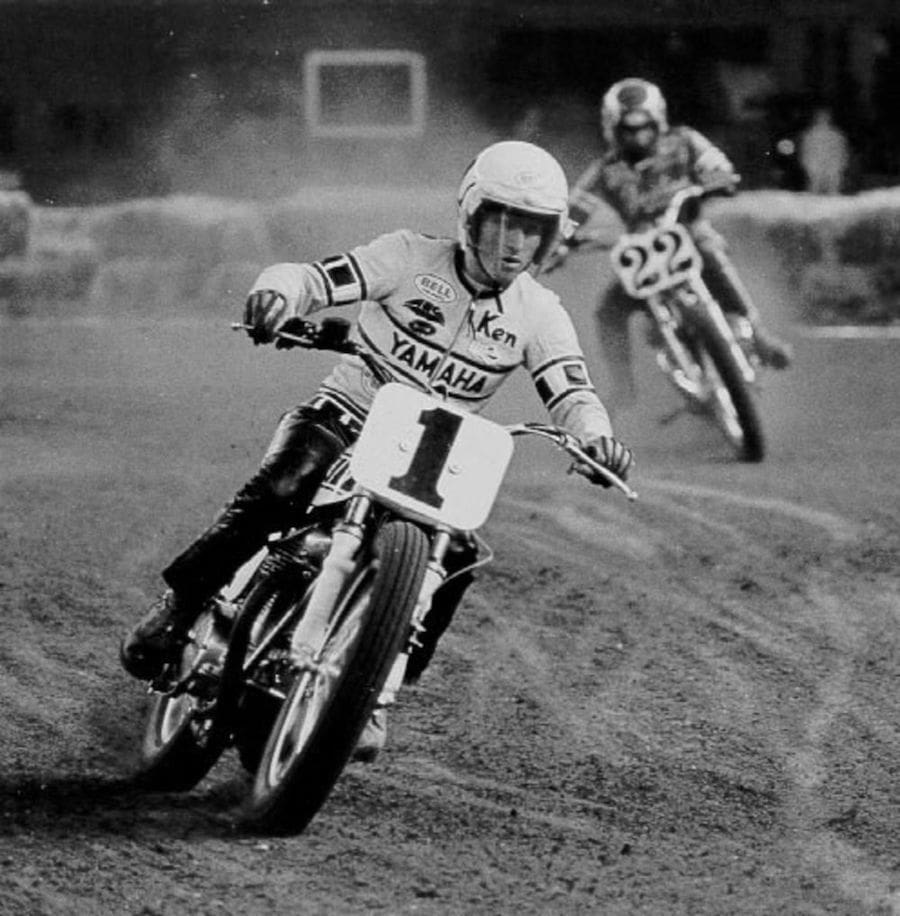
“It was just the strangest thing, for some reason that last lap it just hooked up and I came off that last corner like it was a four-stroke.”
Two weeks later the TZ750 flat-tracker turned out to be useless at the Syracuse Mile as track conditions suited the high-torque XT650/750s better. Roberts TZ750 flat-tracker was altered after the event – Carruthers moved the engine forwards and lower in the frame to help keep the front down. He then fitted road race wheels with hand-grooved ‘wet’ road race tyres, which later became the predecessor of the current flat-track tyre design.
In the end the modifications didn’t help at the San Jose Mile due to constantly changing track conditions that went from wet to dry. KR had his XT650/750 and the TZ750 to choose from and there was a lot on the line, so he went with the more powerful TZ after practicing on the twin, as did the other four TZ750 riders in attendance.
Remembering they had no time for testing, after a tank-slapping practice lap KR hit the wall and damaged his rear brake and footrest, which were found among the spectators then re-welded. Despite the issues and the pain, Roberts managed to qualify the bike in sixth position, and all eyes were on the Roberts versus Scott battle.
Roberts had tried different lines looking for traction and race options but his soft tyres were chunking, forcing the team to risk an untried hard compound slick with fewer grooves, but the big TZ simply spun its rear wheel in the final.
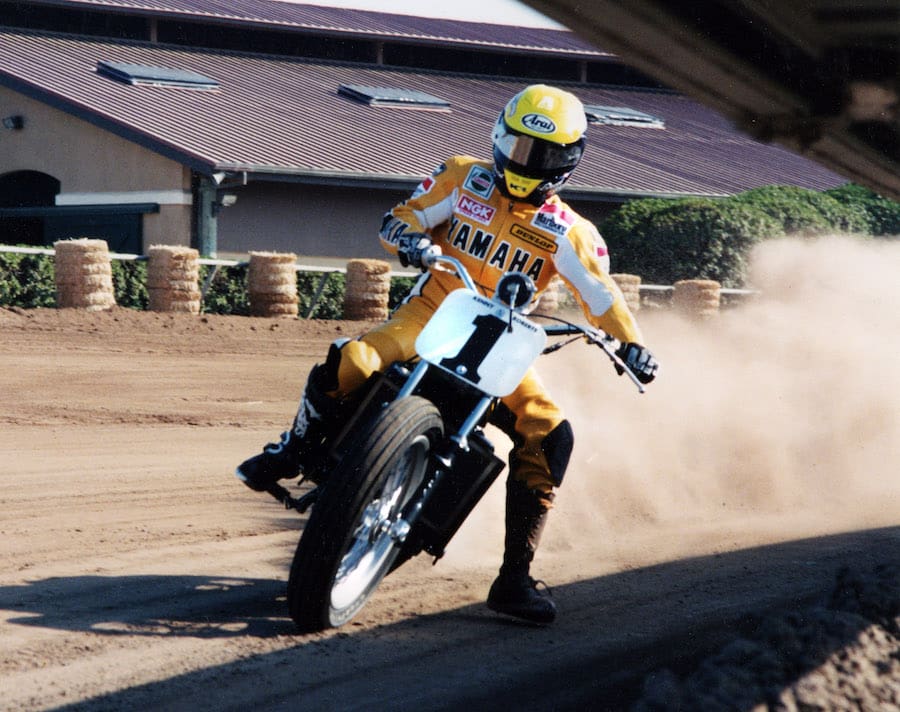
“In the main event the slick never hooked up, it was just the wrong compound so it never got hot. Therefore it just spun all the time.”
Roberts fought for control and dropped from a brief fourth early on with obvious tyre issues. He was 12th mid-race, and finally pulled out altogether, with Scott leading.
“In the main event I thought, you poor bastards, you’re not going to see which way I went!” Kenny says, still laughing. “And it was disaster. They brought the black flag out just as I was pulling in.”
The championship was over, and shortly so were the TZ750 and H2R flat-trackers. Carruthers and Roberts were at the AMA rules committee meeting where the 20 members voted for a minimum piston displacement of 335cc, and maximum of two cylinders on either two- or four-stroke engines.
Carruthers says, “I voted to ban the bike. It was just one more bike some guys would need to run the series, but dirt track was mainly a Harley deal and it was better to leave it as is. I think we did the right thing and left the series as it was. I believe if we had been able to build our own complete bike with better tyres, Kenny could have won all the miles the next year.”
Based on gearing and rev counter needle, King Kenny was travelling faster than 145mph (230km/h) down the straights.
Roberts held the same opinion. “I voted to ban it. That wasn’t the right motorcycle for its time because it was going to kill someone, and I didn’t want that to be me! If you were to turn 10 of them loose on a racetrack, the guy who was probably going to get hit was me. I think had we not banned it, it would have won all the Miles with the technology of the tyres coming along, but at that time, with the tyres we had, they couldn’t have won the race.”
Abrams reflects, “Rick Hocking rode the Indy, Syracuse and San Jose Miles on the TZ750, however, with no prior testing, Roberts was the only rider who put in top results. We only raced them for two or three races. Rick never set the world on fire on the TZ750.”
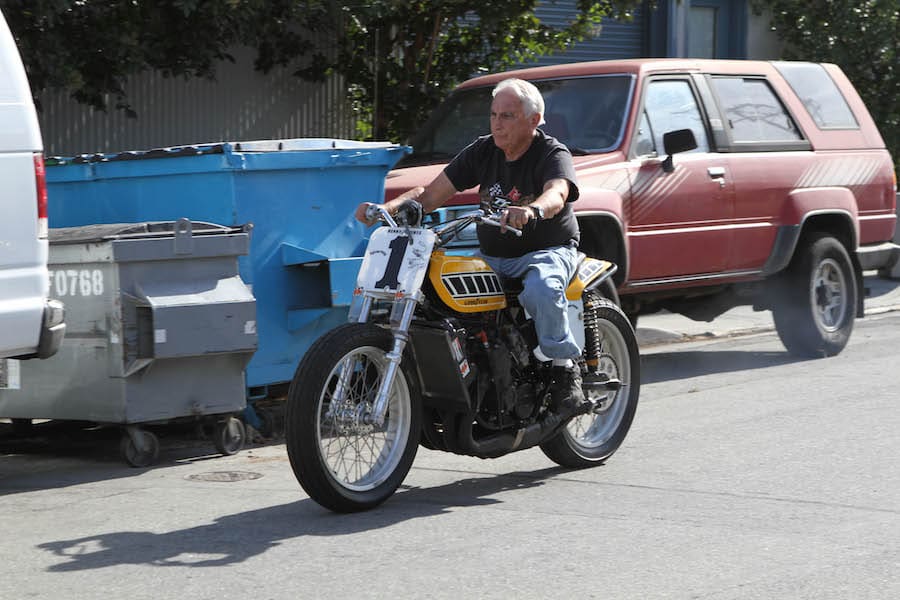
words TERRY STEVENSON
PHOTOGRAPHY Kenny Roberts and Dan Mahoney archives, and Terry Stevenson
